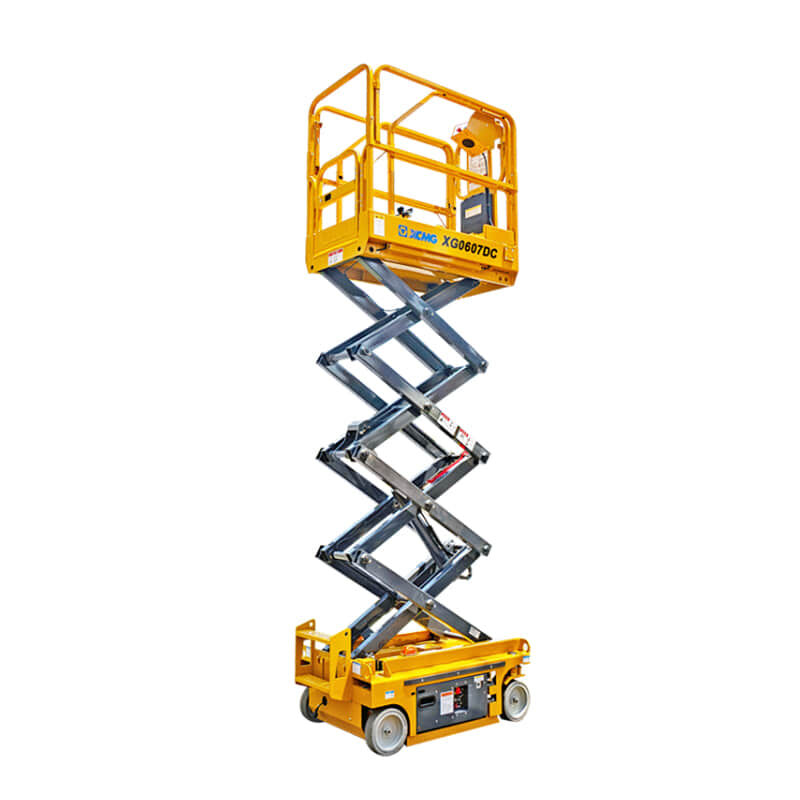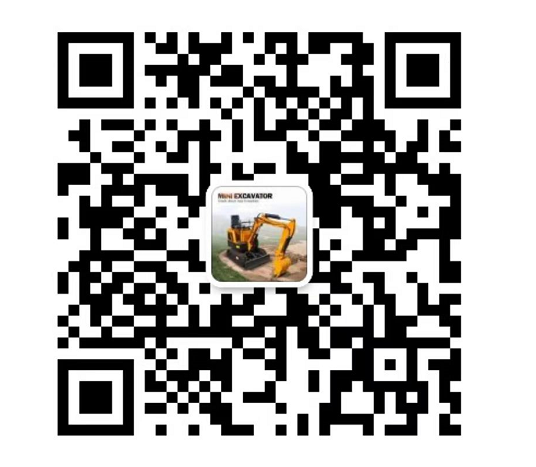I. Product Introduction
Products related to aerial work play a vital role in numerous fields, aiming to help workers carry out all kinds of work at heights safely and efficiently. Common aerial work equipment includes aerial work platforms, aerial work vehicles, etc. These equipments usually have a solid and reliable structure and are equipped with advanced lifting, slewing and other mechanisms. For example, the aerial work platform has a stable working platform, which can achieve vertical lifting and slewing at a certain angle through hydraulic or electric driving methods, facilitating operators to reach the designated high-altitude positions to carry out work. The aerial work vehicle combines the mobility of vehicles with the function of aerial work, which can be flexibly moved to different work locations and then carry out lifting and other operations. They are widely used in construction, power maintenance, municipal engineering and other scenes, safeguarding aerial work.
II. Product Advantages
- Fast Slewing Speed
-
- Efficient Power Transmission System: Aerial work equipment adopts advanced power transmission technologies. For example, high-quality hydraulic motors, motors and precise reducers are combined to efficiently and stably transmit power to the slewing mechanism, ensuring the smoothness of the slewing motion and thus achieving a fast slewing speed to meet the need of quickly adjusting the working angle during aerial work.
- Optimized Slewing Structure Design: In terms of structural design, key parts such as slewing bearings and slewing platforms have been optimized to reduce the frictional resistance during the slewing process and improve the overall slewing efficiency. Meanwhile, the reasonable layout enables close cooperation among various components, which can respond to operation instructions more quickly, further accelerating the slewing speed and enabling operators to adjust the working position to the ideal state in a short time.
- Large Working Radius
-
- Long Boom Design to Expand the Range: Most aerial work equipment is equipped with extendable long booms. The booms are made of high-strength and lightweight materials. While ensuring sufficient strength, they can extend to a relatively long distance, greatly expanding the horizontal working radius. For example, some large aerial work vehicles can cover a range of dozens of meters when the boom is fully extended and can easily reach the working points in the distance.
- Flexible Luffing Mechanism Cooperation: Equipped with a flexible luffing mechanism, operators can flexibly adjust the angle of the boom according to the actual operation needs through operating this mechanism. Cooperating with the long boom, it further increases the effective working radius, enabling the equipment to carry out aerial work in a larger space range, improving the coverage and adaptability of the work.
- High Lifting Height
-
- Multi-stage Lifting Structure Guarantee: Aerial work equipment often uses a multi-stage lifting structure. For example, some aerial work platforms adopt nested hydraulic cylinders or scissor structures, achieving higher lifting heights through the superposition method. Each stage of the structure has undergone strict strength and stability tests to ensure that it is still safe and reliable when lifted to the highest position, meeting the needs of different height operation scenarios. Some equipment can reach a lifting height of hundreds of meters.
- Safety Height Limiting Device Assistance: Equipped with an accurate safety height limiting device, which monitors the lifting height in real time. When approaching the maximum lifting height of the equipment, it will issue an alarm in time and limit the continuous lifting to avoid safety accidents caused by working at excessive heights. Meanwhile, it also provides a clear height reference for operators, ensuring that aerial work is carried out within a safe height range.
- Strong Stability
-
- Stable Chassis Support: The equipment has a solid and reasonably designed chassis. The design methods such as weighting and widening are adopted to increase the contact area with the ground and lower the center of gravity, effectively preventing the occurrence of dangerous situations such as tipping over due to unstable center of gravity during aerial work. For example, in some vehicle-mounted aerial work equipment, the stability of the chassis ensures the smoothness of the whole vehicle during the lifting and working process.
- Multiple Stability Guarantee Measures: In addition to the chassis, it is also equipped with multiple stability guarantee measures such as outriggers and balance systems. The outriggers can be unfolded and firmly supported on the ground before the equipment works, further enhancing the overall stability. The balance system monitors the balance state of the equipment in real time and automatically adjusts when there is an inclination, ensuring that the equipment remains stable during the aerial work process and providing a safe working environment for operators.
III. Product Application Scenes
- Construction Field
In construction, aerial work equipment is indispensable. For example, during the exterior construction of high-rise buildings, when it comes to exterior wall painting, curtain wall installation and other aerial work, operators can use the aerial work platform. With the advantage of high lifting height, they can easily reach the height positions of the corresponding floors and complete various decoration and renovation work safely and efficiently. In the scenes of erecting tower cranes and installing large equipment on the roof, the characteristics of large working radius and fast slewing speed of aerial work vehicles play a role. They can accurately lift the components to the designated high-altitude positions and complete the installation, ensuring the smooth progress of construction. A large number of aerial work tasks rely on these equipments to be completed.
- Power Maintenance Industry
Power maintenance work often involves aerial work, such as the maintenance of wires on telegraph poles and the maintenance of high-altitude equipment in substations. Aerial work vehicles can quickly move to the power failure sites. With the characteristics of high lifting height and large working radius, they can send maintenance personnel to the high-altitude positions that need to be repaired, facilitating them to carry out work such as replacing insulators and repairing wire connections. Moreover, during the operation process, the advantage of strong stability of the equipment ensures the safety of maintenance personnel when working at heights, reducing the risks brought by unstable factors such as shaking and ensuring the normal operation of the power system.
- Municipal Engineering Aspect
There are numerous aerial work requirements in municipal engineering. For example, the installation and maintenance of street lamps, the inspection of urban bridges, etc. The flexible mobility of the aerial work platform enables it to be easily positioned in the narrow spaces of urban streets. Then, it can reach the appropriate high-altitude working position through lifting to carry out work such as replacing street lamp bulbs or conducting detailed inspections of bridge structures. The characteristic of fast slewing speed also facilitates operators to observe and deal with problems from different angles. Aerial work equipment has greatly improved the efficiency and quality of aerial work in municipal engineering and contributed to the maintenance and construction of urban infrastructure.





